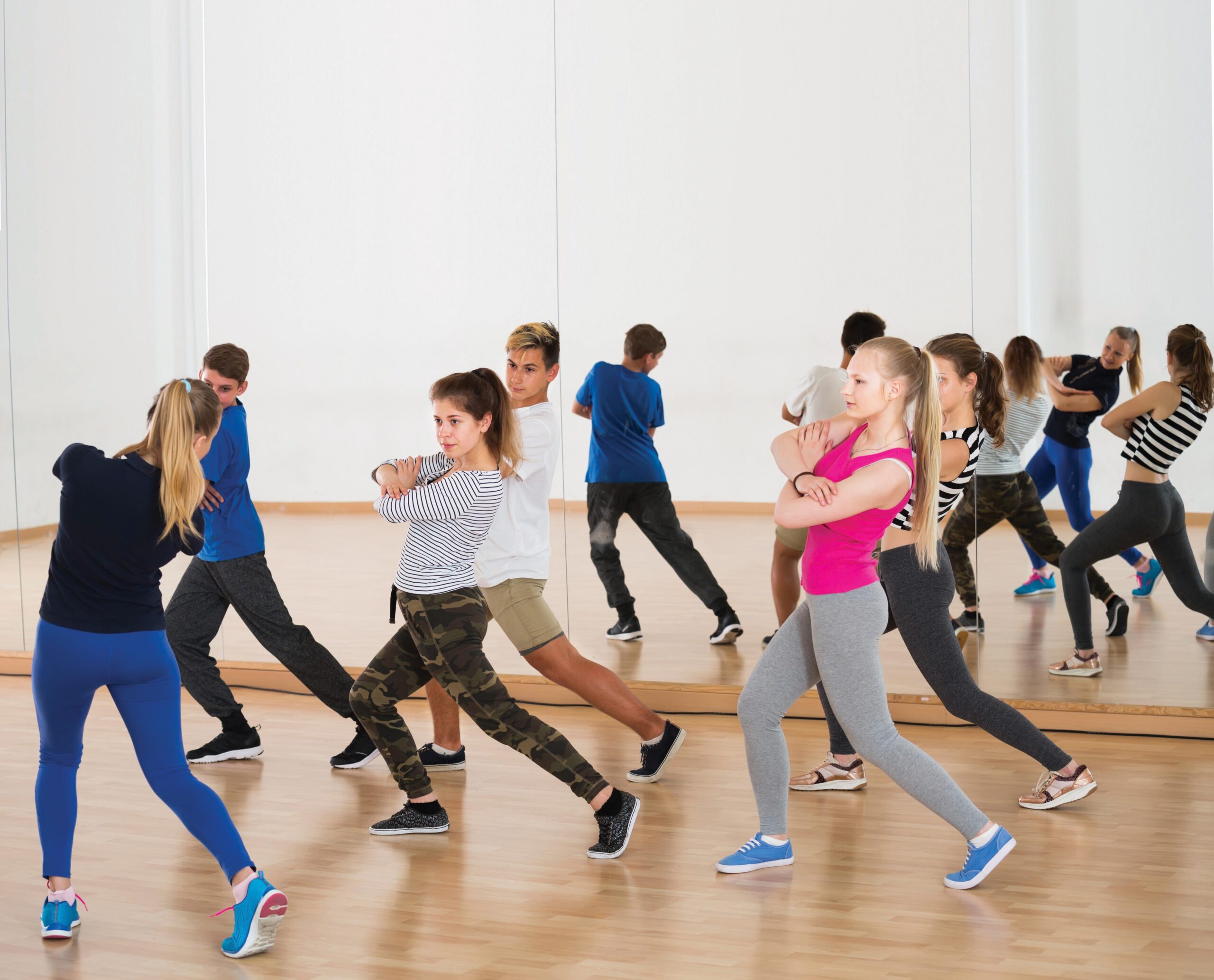
The Benefits of Fine Arts for Mental Health
By Emily Turner Hankins
Stress levels are rising. It is difficult to find ways to deal with it all. For our children, this can manifest as tantrums, fights, and misbehavior. For teens and adults, pent up stress can lead to destructive behaviors or harmful choices like substance use. What can we do to help our children and ourselves manage emotions and find a positive outlet? The answer lies in The Arts.
The American Psychiatric Association explains that art holds the power to “reduce conflicts and distress, improve cognitive functions, foster self-esteem, and build emotional resilience and social skills. It engages the mind, body, and spirit in ways that are distinct from verbal communication.” It often feels scary or taboo to talk about conflicts, issues, or feelings. However, being able to scribble when angry, create a puppet show, or identify with a dance performance can be a safer outlet.
The therapeutic benefits of art do not necessarily have to come from a licensed art therapist or be in a formal setting. You do not need to attend a fancy gallery opening or be able to paint like Rembrandt or Van Gogh. The arts should not be for the select few, but for everyone. Young and old, rich and poor, experienced and unexperienced. By participating to the best of your ability, you and your children can benefit from Art.
So many of us (myself included) tend to limit our thinking to only including the visual arts. We go straight to thinking of pastel waterlilies hanging in gilded gold frames. However, “The Arts” includes so much more. The National Content Standards for the Arts used by schools nationwide, group the arts into five main categories: Visual Arts, Media Arts, Theater Arts, Music, and Dance.
Within these five categories there really is something for everyone. If going to a gallery and seeing the oil paintings of the great masters is your thing, go ahead and enjoy the Visual Arts. Media Arts can include anything from film making to collaging, so pick your own art adventure. Perhaps you love nothing more than singing along to Hamilton. If so, then the Theater Arts might be for you. If music is your jam, the more power to you. And if Dance sets your soul on fire, then dance, baby, dance. Maybe you enjoy a combination, and that is great too. The Arts play well together.
Once you know what kind of Art (or Arts) holds the most meaning to you or your child, you can work to set up experiences that are meaningful. The National Content Standards for the Arts provides four main ways to experience art: Creating, Performing/Presenting, Responding, and Connecting. Creating is the default when we think of engaging in art. We often believe we must pick up a pencil and draw or choreograph a dance with scarves. While Creating holds value and benefits mental health, others do too. You can gain therapeutic benefits of Art by Presenting or sharing a creative work with others – it doesn’t even have to be your own. Responding and Connecting give us the chance to reflect on a work and examine our feelings about it. Pay attention to which of these feels the most meaningful to you or to your child.
When you are new to exploring the therapeutic benefits of The Arts, it is important to cast your net wide and try a variety of Art practices and ways to experience them. Advocate for all kinds of art to be accessible in schools. Reach out to your community theatre and ask about show times, acting, set design, music, or costumes. Your nearest art museum will usually have classes in a wide variety of Art mediums for you or your child to explore. Volunteering as a tour guide or museum docent is a fabulous way to practice Presenting, Responding, and Connecting. Check with music stores in your area to see what classes or lessons they offer or what recitals are coming up. Public libraries also offer rich opportunities that often span a wide range of Art practices.
Once you get started, do NOT fall into the trap of judgement. Nothing shuts down creativity and it’s healing effects quicker than believing your Art is ‘not good enough’. The best artists know that it is about the process and how your Art makes you feel, not about how it looks.
And remember, with Art practices being so wide-ranging, Art can be found almost everywhere. Don’t overlook the opportunity to engage with Art in unexpected places. When channel surfing you might happen across ‘Dancing with the Stars.’ Take a moment to Respond and Connect as a family. What do you notice about the music, the costumes, and the dancers’ form? How does the combination of these things make you feel?
If you are looking for something even deeper, keep your eye out for more targeted options. Art programs that use words like ‘discover’, ‘connect’, or phrases like ‘self-care’ usually strive to offer a healing element to their Art. Resources like the Expressive Art Institute, Adventures in Cardboard, or SoulCollage offer workshops and programs aimed specifically at healing through Art. Ask your current mental health provider(s) about incorporating Art into sessions or ask around about art therapists in your area.
By engaging in the Arts you can improve the mental well-being of yourself and your family.
